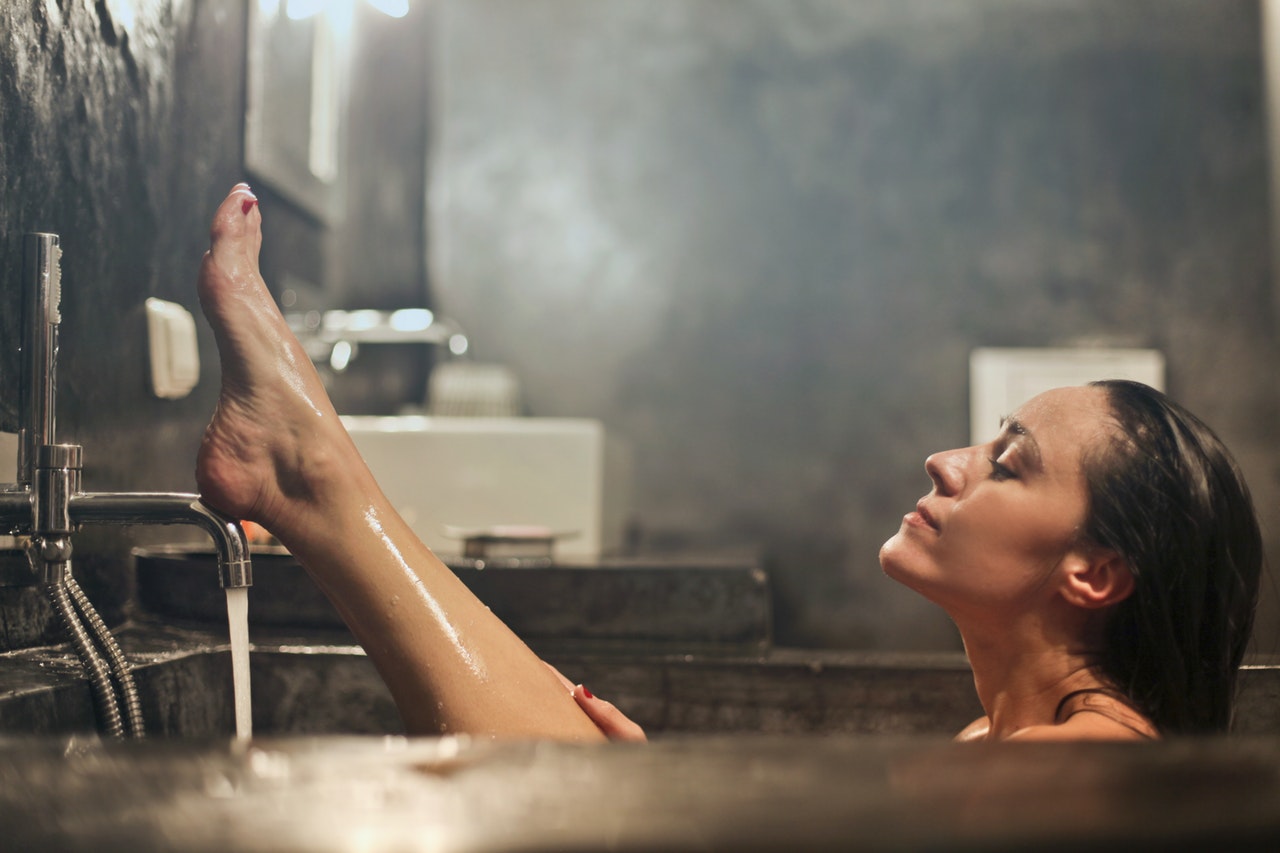
When it comes to periods, women really are in a double bind. It took decades and decades of struggle before quality feminine hygiene products that were comfortable and fit for purpose hit the mass market at affordable prices.
Then, just when we thought we were getting somewhere, the rug was truly pulled out from under our feet. It turns out that the majority of products every woman reaches for on a monthly basis are terrible for the environment – non-biodegradable, full of plastic and perhaps even toxic to us and the planet.
Let’s start with some numbers. The average woman goes through something like 12,000 to 16,000 tampons, pads and liners in the course of her lifetime. That adds up to 45 billion products being disposed of every year, the majority going to landfill.
Tampons and pads are manufactured from a blend of super-absorbent synthetic or chemically treated fibres and plastics which give them non-leak properties. As the world’s attention has quite rightly been turned to the appalling volumes of non-degradable plastics that are choking our world, little attention has been given to the fact that the equivalent of 180 billion carrier bags’ worth of plastic is thrown away in feminine hygiene products every year.
And then when you look at the chemicals used in their manufacture – a cocktail of bleaches, adhesives and fragrances – you start to realise that we’re dumping a lot more than just plastics into landfill. Nevermind the fact that these things have been carried in close proximity to our own bodies.

There are several issues at stake here. One is awareness about and availability of alternatives. They do exist – from biodegradable organic cotton tampons to washable and reusable menstrual cups that last up to 10 years, there are plenty of feminine hygiene products available which don’t end up clogging up landfill sites after a single use.
But in raising awareness of these alternatives, we face the same problems that have always surrounded periods and feminine hygiene – people don’t like to talk about them. The current industry, whilst it has vastly increased access to products for women around the world, is still described as conservative and slow to innovate, perhaps because it is worried about having to talk about the subject it makes billions from.
Another issue is whether we can better manage the waste produced by feminine hygiene items. There is a growing body of opinion that controlled incineration, where toxic and ecologically harmful by-products can be captured and managed, is preferable to hiding it in landfill, which you could argue is not really managing the issue at all.
As with recycling, the key to making use of alternatives to landfill is effective waste segregation. This already happens in commercial premises. In many countries it is actually the law that companies must supply special sanitary bins in female washrooms for them to dispose of their sanitary products. This is then treated as controlled waste, with requirements for it to be handled separately to general waste. Specialist contractors are then paid to collect and dispose of it, with some having zero to landfill policies.
If that can be effective in reducing the amount of sanitary waste going to landfill from public premises, it is surely something worth rolling out to domestic waste management, too.

